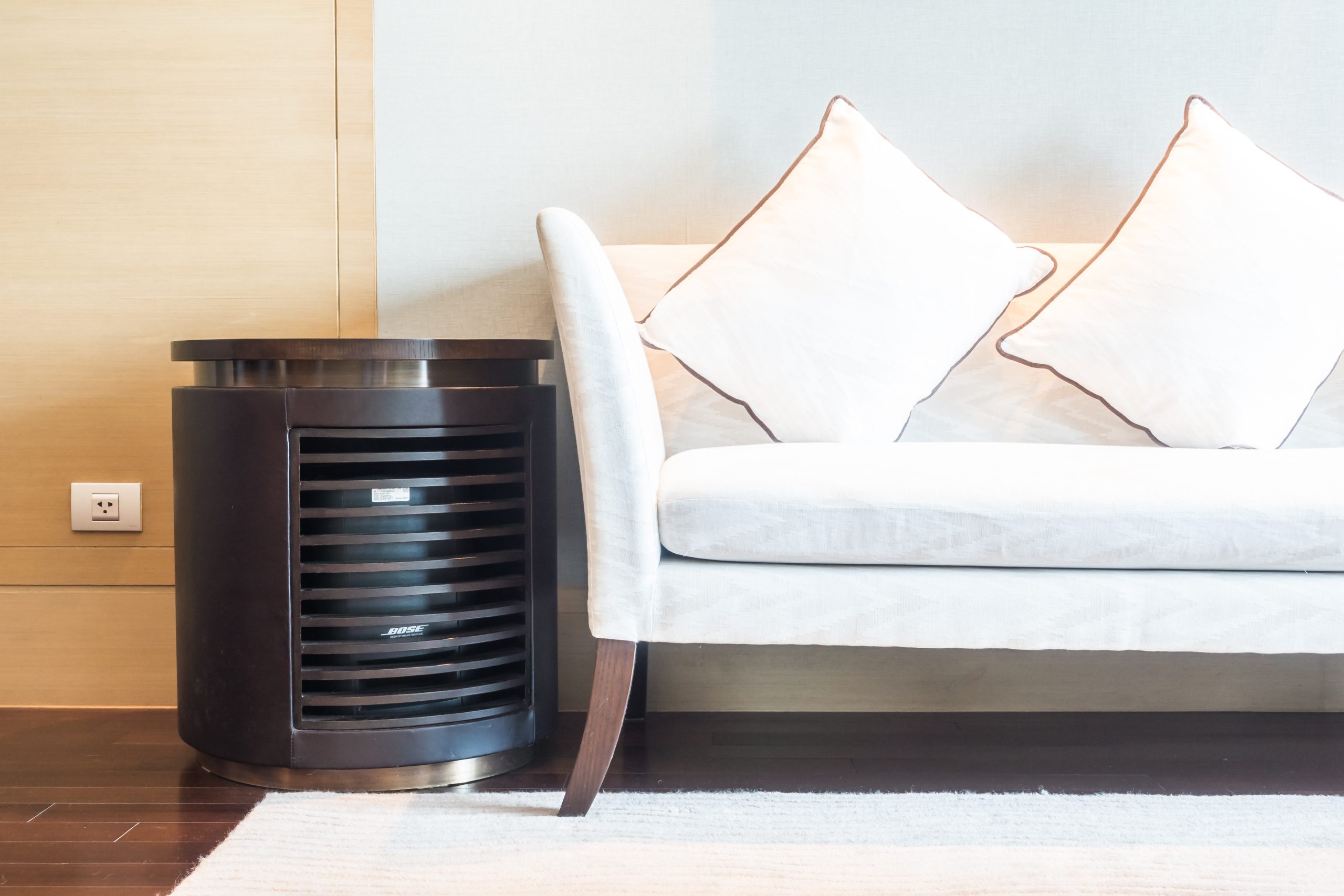Il panorama automobilistico è in costante mutamento per rispondere alle crescenti esigenze degli automobilisti. Ognuno ha specifiche necessità, ed è alla ricerca di un mezzo che possa rispondere a ognuna di esse. Tra i modelli più versatili ci sono senza alcun dubbio i nuovi Crossover SUV, ed è proprio questa caratteristica che ha reso queste vetture tra le più apprezzate negli ultimi anni.
Cosa sono i SUV e i Crossover
Quando si parla di SUV e Crossover si fa riferimento a due tipologie di veicoli che hanno alcuni aspetti in comune, ma che presentano anche delle differenze da tenere a mente.
I SUV si riconoscono subito per due fattori: l’ampio abitacolo e l’assetto rialzato. Proprio l’assetto rialzato costituisce l’origine di numerosi vantaggi per queste vetture. Stando più in alto il pianale è maggiormente protetto dalle irregolarità della strada, come dossi e buche. Inoltre, cambia radicalmente la tenuta di strada, offrendo un’esperienza di guida sicura e confortevole su ogni tipo di itinerario.
I Crossover sono progettati per unire caratteristiche e dettagli tipici di più segmenti. I Crossover che si possono trovare oggi nelle concessionarie si presentano come un punto di incontro tra i SUV e le berline.
Se non avete avuto ancora modo di guidare un SUV o un Crossover vi suggeriamo di contattare la concessionaria più vicina e di effettuare un vero e proprio test drive. Mettersi al volante, vi aiuterà a comprendere tutte le caratteristiche di questi modelli.
Volkswagen: quali SUV e Crossover propone
La casa automobilistica Volkswagen ha dato grande attenzione al settore dei SUV e dei Crossover, progettando e fabbricando numerosi modelli appartenenti a queste categorie. Potete analizzare e confrontare tra loro le caratteristiche dei SUV Volkswagen direttamente sul loro sito. Non dimenticate che potete visitare la concessionaria più vicina per vedere queste vetture dal vivo e per effettuare delle approfondite prove di guida.
Tra i SUV del marchio Volkswagen spicca Nuova Touareg. Ha caratteristiche da vera top di gamma. Il potente motore consente di superare con successo ogni genere di percorso, comprese le salite più ripide. I sistemi di assistenza alla guida garantiscono la massima sicurezza di fronte a qualsiasi imprevisto. Inoltre, ha un design raffinato, realizzato con grande cura per i dettagli.
Se invece voleste acquistare un SUV che sia al tempo stesso sia spazioso che maneggevole, potreste trovare ciò che cercate nel City SUV Nuova T-Cross. Ha tutte le caratteristiche tipiche di un SUV, compreso il comfort all’interno dell’abitacolo, ma con una minore lunghezza, così da permettere una maggiore agilità anche nel traffico più congestionato.
Coloro che desiderano un’esperienza di guida sicura e confortevole sapranno apprezzare le specifiche tecniche di Nuovo T-Roc. Ha un design davvero accattivante, e bastano pochi minuti al volante per notare i vantaggi di questo modello.
Anche i SUV Coupé sono molto richiesti, ed è per questo che Volkswagen ha realizzato l’elegante Taigo.
Un buon connubio tra comodità e prestazioni è offerto da Tiguan, un SUV disponibile anche nelle versioni Nuova Tiguan, Tiguan Allspace e Tiguan eHybrid. Quest’ultima ha al suo interno un motore ibrido, molto conveniente dal punto di vista dei consumi e con una bassa quantità di emissioni di CO2.
Tiguan eHybrid non è l’unico SUV Volkswagen progettato per far parte del mondo della mobilità sostenibile. Ci sono anche due SUV completamente elettrici: ID.4 e ID.5.




